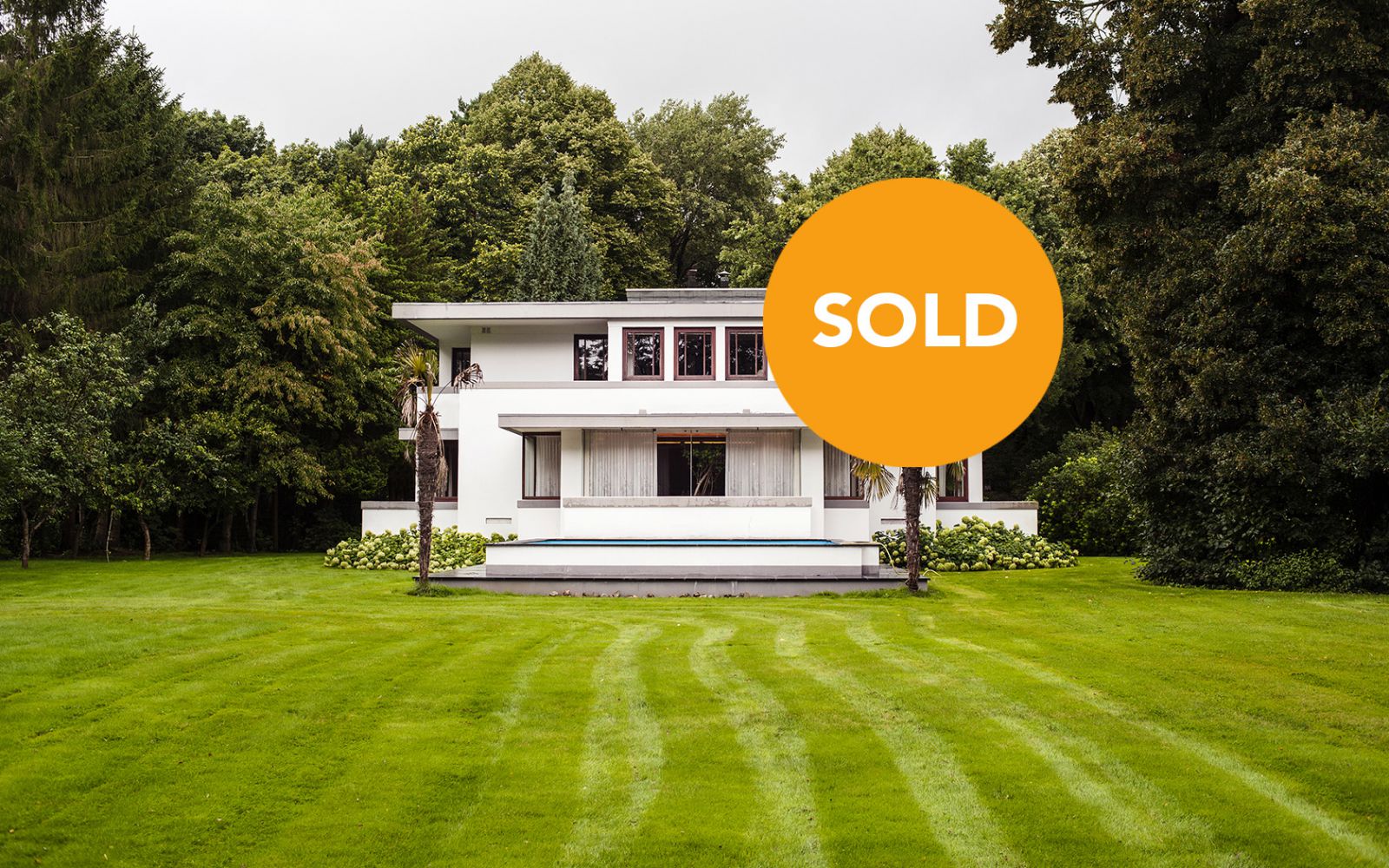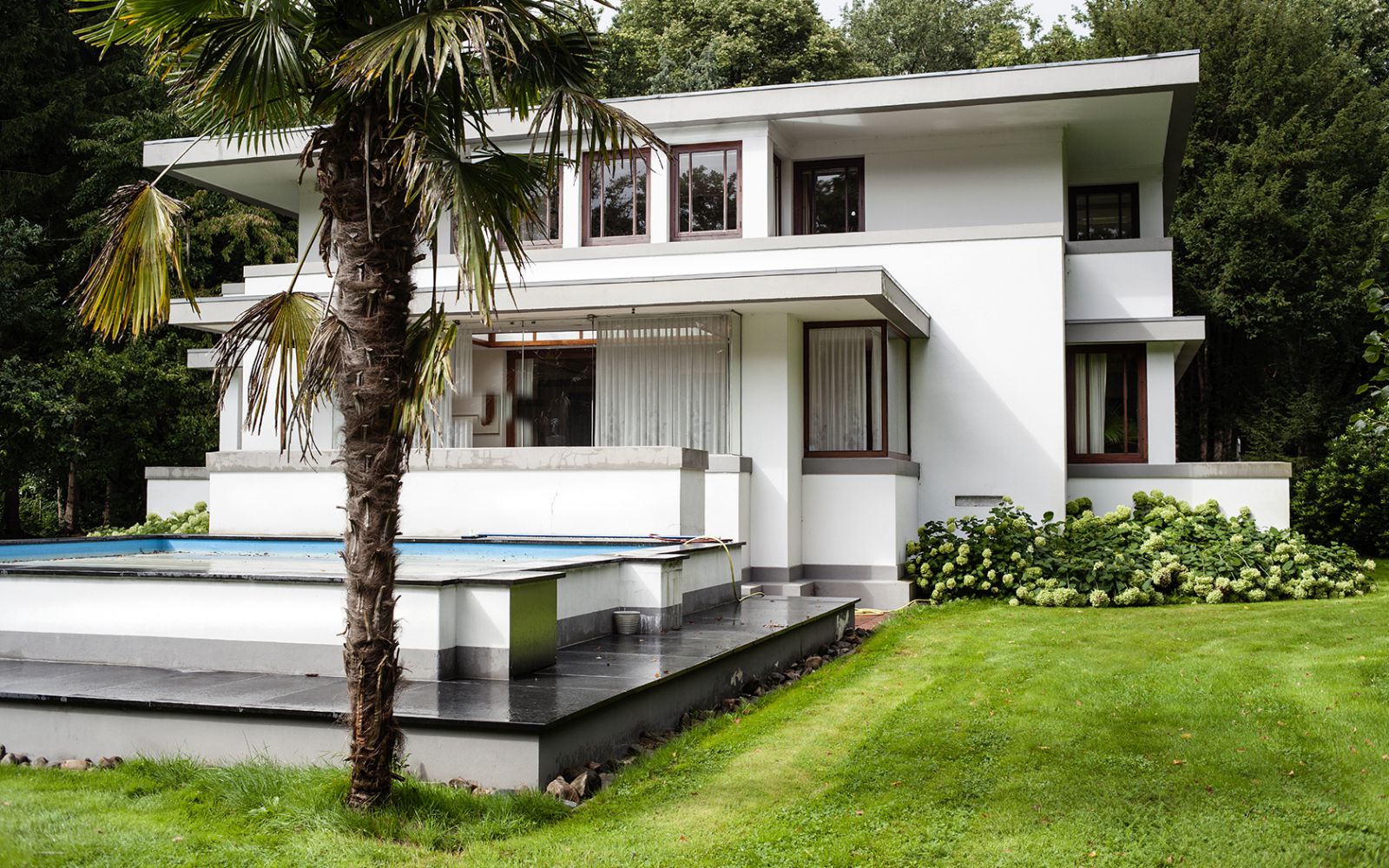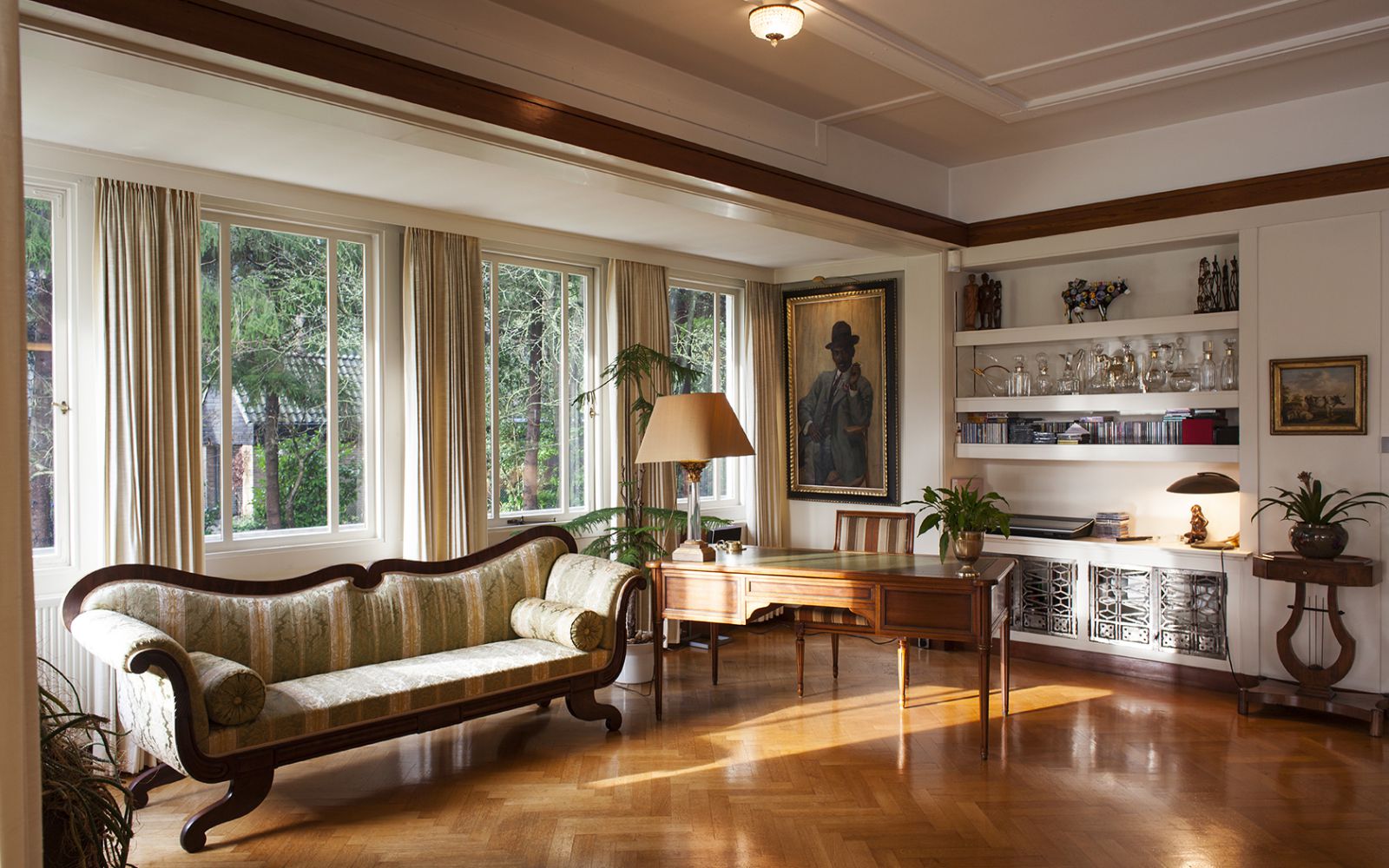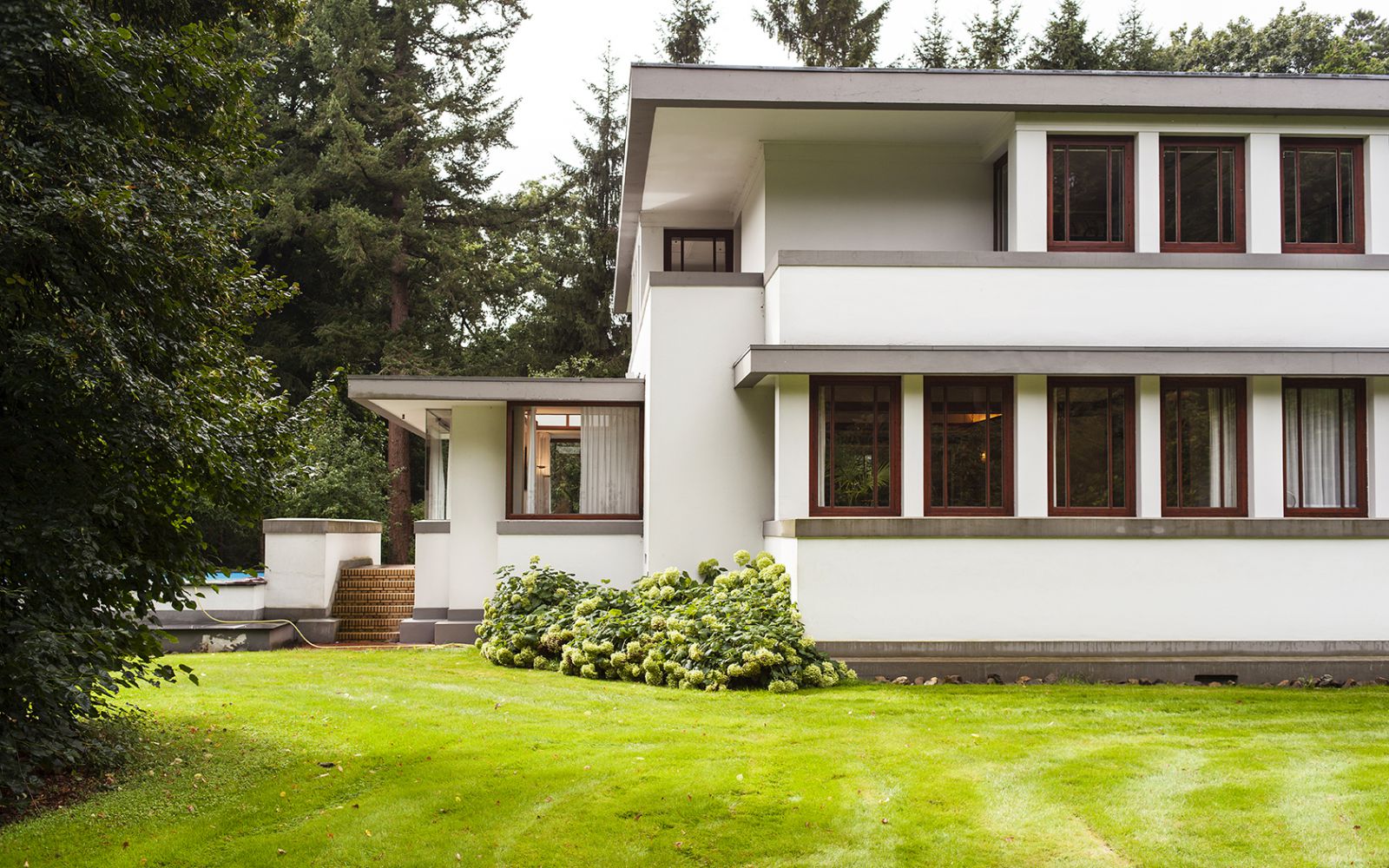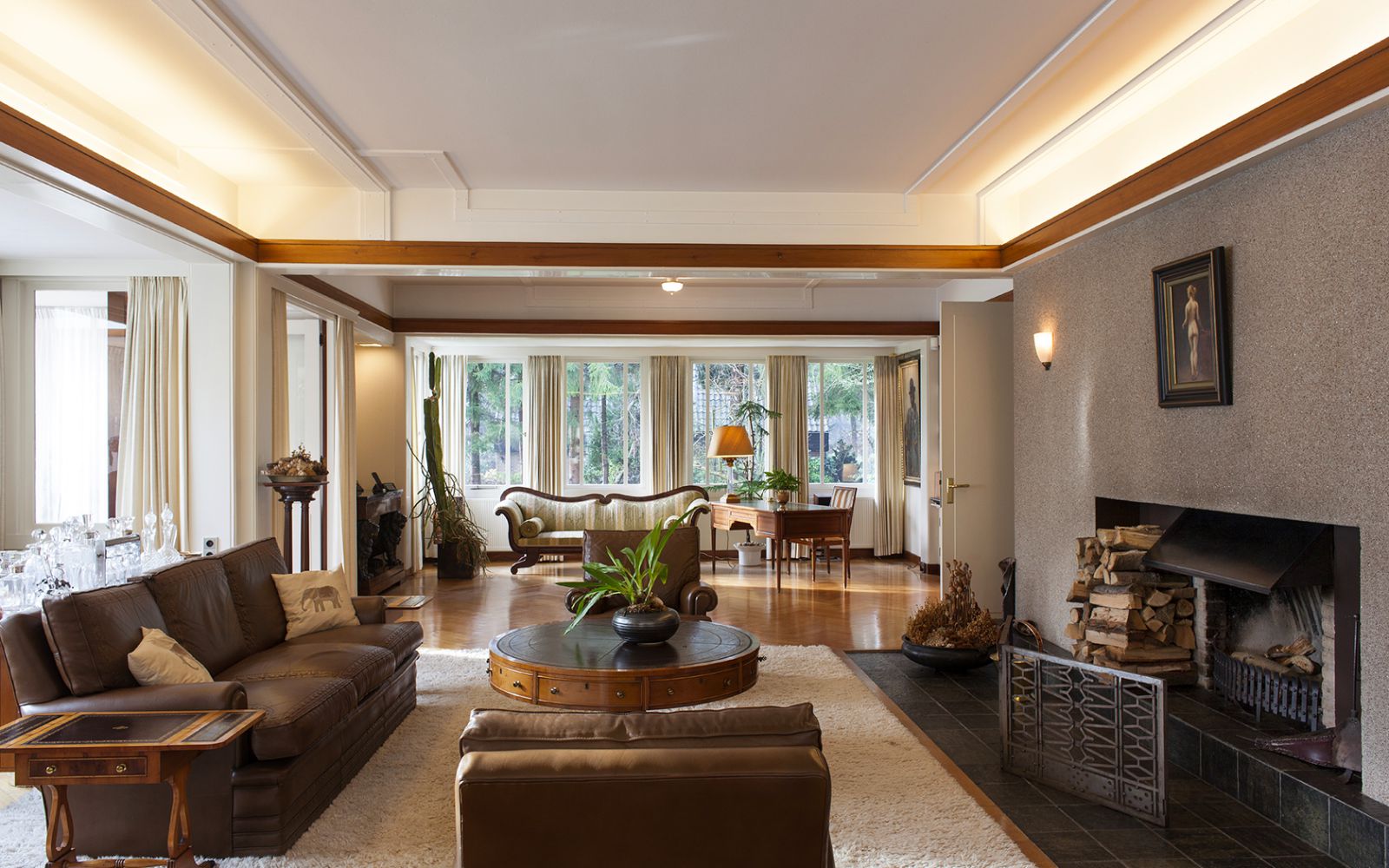SPECIAL - Best of Belgium
Architectural Conservation Trust Launched
Iconic Encounters: Barcelona
SPECIAL - Casas Icónicas en España!
Inside UNESCO Icons: Houses That Made History - Part 1
Inside UNESCO Icons: Houses That Made History - Part 2
Czech It Out: A Stylish Soirée of Exhibition and Film
Sopot Hosts Icons of Czech Avantgarde Exhibition
Pioneers of the Dutch Modern House - Film Screenings
SPECIAL – Austria
SPECIAL – Czech Classics
SPECIAL - Vacances en France!
SPECIAL – Iconic Dreams Europe
SPECIAL – Iconic Dreams North America
Tautes Heim. Story & Details
Casa Gomis acquired by Spain's Ministry of Culture
Our Badge of Honour
New Year's Reception and Eileen Gray Screening
Funding Win Marks Anniversary of Mackintosh Acquisition
Modernist Houses Lost in the LA Wildfires
Casa d’Abreu Neto: Siza’s First Work
Pioneers of the Dutch Modern House
Iconic Encounters: London
Interview in Leading Catalan newspaper ARA
Record Number of New Iconic Houses - Part 1
Record Number of New Iconic Houses - Part 2
At Plečnik House: To Decide Where the Shadow Falls
A Story of Burnt Books and Broken Bricks
Remembering Irving J. Gill
Iconic Houses in the Media in 2024
Bauhaus Villa in Berlin For Sale
Historical Exhibition, Marie-Laure de Noailles, Painter, Conversation
Mackintosh’s Hill House Becomes an International Iconic House!
Istanbul’s Modernist Ataköy Housing Estate is At Risk
Early Furniture Designs by Le Corbusier on Permanent Display in Maison Blanche
Photo Report City Icons Amsterdam
Healing Through Architecture
Reopening An Iconic Modernist Landmark
City Icons Kick Off with Talk by Linda Vlassenrood
MORE MIES - Pure Architecture in Haus Lange Haus Esters
Through a Bauhaus Lens: Edith Tudor-Hart and Isokon
Modernism Week Lecture: 12 Years of Iconic Houses
Aluminaire House Grand Opening
Exhibition Icons of the Czech Avant-Garde
An Elementalist and Mediterranean Architecture
Icon for Sale - Loos Villa: Haus Horner
SPECIAL – UK Originals
SPECIAL – Dutch Delights!
SPECIAL – German Greats!
SPECIAL – Northern (High)Lights!
SPECIAL – Iconic Collective Housing
SPECIAL – Women & Iconic Houses
SPECIAL – Iconic Artist Residencies
Support the Frankfurt Declaration (on Housing)
Winy Wants a World Wonder
Welcome Atelier Volten!
Sleep in a Modernist Gem – Huis Billiet in Bruges
Iconic Houses in The Netherlands - 100 Years Van Zessen House
Exclusive Tour and Film Screening Package
The Last House Designed by Adolf Loos Will Be Built in Prague
Icons of the Czech Avantgarde
Icon for Sale - Casa Legorreta
Rietveld Day: 200 Enthusiasts Explored 3 Utrecht Icons
Hurray! 10 Years Iconic Houses
7th International Iconic Houses Conference A Huge Success
Meet Conference Co-Chair Iveta Černá
Meet Conference Co-Chair Maria Szadkowska
Eighteen Iconic Houses Under One Roof
17 June - 'Pioneers-film' Screening Amersfoort
Iconic Houses in The Netherlands - Van Eesteren House Museum
Welcome Margarete Schütte-Lihotzky Zentrum in Vienna!
Welcome Vila Volman! Jewel of Czech Functionalism
Movie Night: Adolf Loos- Revolutionary Among Architects
'Inside Iconic Houses' Case Study House #26 Webcast in Webshop
Inside Iconic Houses at Taut’s Home in Berlin
Rediscovering Forgotten Loos Interiors in Pilsen
'Inside Iconic Houses' - Online Tour Program
Iconic Houses in The Netherlands - The Diagoon House
Iconic Houses in The Netherlands - Rietveld Schröder House
Rietveld Houses Owners Association
Corberó Space: New Life for Hidden Jewel
Iconic Houses in The Netherlands - Pierre Cuypers' House and Workshops
Reeuwijk Celebrates Completion of Restoration Rietveld Homes!
Iconic Houses in The Netherlands - Van Doesburg Rinsema House
Welcome Rietveld's Van Daalen House!
Architect Harry Gessner Passed Away at 97
Watch Pioneers of the Dutch Modern House Now On Demand
Icon Saved: Dorchester Drive House
Welcome Umbrella House!
Iconic Houses in the Netherlands – Berlage’s Masterpiece
Iconic Houses in The Netherlands - Het Schip
Inside Iconic Houses - Tour of Maison Cazenave
Inside Iconic Houses Tours Vizcaya Museum & Gardens in Miami
Casa Masó Celebrates 10 Year Anniversary
Inside Iconic Houses tours Roland Reisley's Usonian Frank Lloyd Wright House
Rietveld’s Experimental Housing in Reeuwijk Saved
Serralves Villa after restoration
Portraits of the Architect - Interview with Gennaro Postiglione
Test Labs for New Ideas - Interview with Natascha Drabbe
Inside Iconic Houses - Isokon Building
Inside Iconic Houses - 16 December: Sunnylands with Janice Lyle
BCN-BXL Coderch-De Koninck - Beyond Time
New Chairman Architect Nanne de Ru on The Perfect Platform
Health and Home - Interview with Beatriz Colomina
A Life Less Ordinary – Interview with Valentijn Carbo
Invisible Women - Interview with Alice T. Friedman
Winy Maas on the Green Dip
Anita Blom on Experimental Housing of the 1970s
Women’s Worlds - Interview with Natalie Dubois
The Culture of Living - Interview with Robert von der Nahmer
Hetty Berens: A Fresh Take on Modernism
Niek Smit on Supporting Modern Heritage
Alice Roegholt on Amsterdam’s Working-Class Palaces
July is Iconic Houses Month
Hans van Heeswijk on The Pioneers of the Dutch Modern House
Wessel de Jonge on Dutch Icons at Risk
Save Maison Zilveli - Sign the Petition!
How a Building Tells a Story - Recorded Event
Toolkit for Owners of a Modern House
13 Aalto Sites Nominated for UNESCO World Heritage
Villa Beer At Risk - Sign the Petition!
Business Cards of Stone, Timber and Concrete in the Brussels Region 1830-1970
Exhibiting & Visiting Modernist Monuments
Fostering Well-Researched Responsible Design
ICONS AT RISK
Enjoy a virtual visit to the California House and a Q&A with architect Peter Gluck
Exhibition 'Modernism and Refuge'
A Hidden Gem of Postmodernism
New Centre for Historic Houses of India
An Online Chronicle of the Douglas House
Villa Henny, geometric style icon in The Netherlands
A Mendini temple in Amsterdam
IH-lectures USA & Canada Feb 2020 on Melnikov House
Sponsors and Friends
An Afternoon with the Glucks
Chandler McCoy on Making Modern Houses Sustainable
Catherine Croft: Getting Away from the Demolition Mentality in the UK
Patrick Weber on Discovering an Unknown Icon
Fiona Fisher on Iconic Interiors
Jocelyn Bouraly on Villa Cavrois
Mireia Massagué on finding success through a new kind of partnership
Danish Moderns – Looking Back at Our Mini-Seminar
Venturo house complements Exhibition Centre WeeGee’s offering
Lecture report: Remembering Richard Neutra
Hôtel Mezzara and the Guimard Museum project
We welcome 13 new members!
BREAKING NEWS: 8 Wright Sites Inscribed on Unesco World Heritage List!
LECTURE 29 August - Raymond Neutra: My Father and Frank Lloyd Wright
Iconic Reads
Iconic Houses End Year Message
City-ordered rebuild of landmark house stirs debate: Appropriate or overreach?
Kohlberg House Restoration in Progress
Planned Demolition of Rietveld Homes in Reeuwijk
Renovation Gili House in Crisis
An Iconic Saga
Restoring Eileen Gray’s Villa E-1027 and Clarifying the Controversies
Modernism on the East Coast
Iconic Houses in Latin America
Conference testimonials
House Tours May 2018
Expert Meetings
Natascha Drabbe - Iconic Houses: The Next Chapter
Terence Riley -KEYNOTE SPEAKER- on Philip Johnson
New era for Villa E-1027 and Cap Moderne
Hilary Lewis on Philip Johnson and his Glass House
John Arbuckle on Great House Tours
William D. Earls on the Harvard Five in New Canaan
Stover Jenkins on Working for Philip Johnson
Frederick Noyes on his Father’s House
Scott Fellows and Craig Bassam on their Passion for Preservation
Jorge Liernur -KEYNOTE SPEAKER- on Latin American Modernism(s)
Fabio Grementieri on Modernism in Argentina
Catalina Corcuera Cabezut on Casa Luis Barragán
Renato Anelli on Lina Bo Bardi’s Casa de Vidro
Tim McClimon on Corporate Preservation
Amanda Nelson on Building Donor Relationships
John Bacon on Planned Giving
Jean-Paul Warmoes on the Art of Fundraising in America
Chandler McCoy on Why Less is More
Katherine Malone-France on Moving with the Times
Anne Mette Rahbæk on Philanthropic Investments and Preservation
Peter McMahon on Saving Modern Houses on Cape Cod
Toshiko Kinoshita on Japanese Modern Heritage Houses
Roland Reisley on Life in a Frank Lloyd Wright House
5th Iconic Houses Conference May 2018
Kristin Stone, Pasadena Tour Company
Restoring the past: The Diego Rivera and Frida Kahlo Home Studio
Behind the Scenes: Hendrick de Keyser Association
Crosby Doe, Architecture for Sale
Latin America Special – Focus on Mexico
De Stijl in Drachten
Preserving the Nancarrow House-Studio
Meet the Friends - Nanne de Ru
Latin America Special – Focus on Brazil
Jan de Jong’s House is Latest Hendrick de Keyser Acquisition
Stay in a Belgian Modernist Masterpiece
In Berlin’s Modernist Network
Rietveld-Schröder House Celebrates De Stijl Anniversary
Meet Our New Foundation Board Members
Maintaining Aalto's Studio – Linoleum Conservation
Virtual Tour of a Papaverhof Home in 3D
Getty Grant for Villa E-1027
Plečnik House in Ljubljana
Iconic Dacha
Iconic Houses: A Bohemian Road Trip
Work in Progress: Capricho de Gaudí
11 Le Corbusier Homes now on Unesco World Heritage List
At home with Le Corbusier
Henry van de Velde’s Study in Haus Hohe Pappeln Restored
Lynda Waggoner reports
A Conference to Remember
4th International Iconic Houses Conference
Guest of Honor - Harry Gesner
Fallingwater: European Lecture Tour
Wright Plus 2016 Walk
Susan Macdonald, Getty Conservation Institute
John Mcllwee, Garcia House
Meet the Friends – Elisabeth Tostrup
Iconic Houses: The Story So Far
Willie van Burgsteden, designer Iconic Houses
Buff Kavelman, Philanthropic Advisor
Meet the Friends - Frederick Noyes
Sheridan Burke, GML Heritage
Meet the Friends - Raymond Neutra
Sidney Williams, Frey House
Franklin Vagnone and Deborah Ryan, Museum Anarchists
Meet the Friends - James Haefner
Toshiko Mori, architect
Malachi Connolly, Cape Cod Modern House Trust
Meet the Friends - Penny Sparke
Lucia Dewey Atwood, Eames House
Cory Buckner, Mutual Housing Site Office
Jeffrey Herr, Hollyhock House
Speaking Volumes: Building the Iconic Houses Library
Sarah Lorenzen, Neutra VDL Studio and Residences
Ted Bosley, Gamble House
Keeping It Modern - Getty Conservation Grants
Meet the Friends - Thomas Schönauer
Wim de Wit, Stanford University
Linda Dishman, Los Angeles Conservancy
Jesse Lattig, Pasadena Heritage
Join us in Los Angeles! Update
Work in Progress: Casa Vicens
Work in Progress: Van Wassenhove House
Work in Progress: Villa Cavrois
Work in Progress: The Pearlroth House
Conference calls!
Follow us!
Third Iconic Houses Conference a huge success
Conference House Tours Barcelona
Marta Lacambra, Fundació Catalunya-La Pedrera
Natascha Drabbe, Iconic Houses Foundation
Special speaker Oscar Tusquets
Jordi Tresserras, UNESCO Network ‘Culture, tourism and development’
Christen Obel, Utzon Foundation
Elena Ruiz Sastre, Casa Broner
Fernando Alvarez Prozorovich, La Ricarda
Tim Benton, Professor of Art History (Emeritus)
Susana Landrove, Docomomo Spain
Rossend Casanova, Casa Bloc
Icon at Risk: Casa Gomis / La Ricarda
Conference Program 25 November 2014
Jordi Falgàs, Casa Rafael Masó
Documentary La Ricarda
Marga Viza, Casa Míla/La Pedrera
Celeste Adams, Frank Lloyd Wright Trust
Conference 25 November 2014 at La Pedrera
Henry Urbach, The Glass House
Victoria & Albert Museum London November 12, 2013
Tommi Lindh, new director of the Alvar Aalto Foundation and Museum
Iveta Černá, Villa Tugendhat
Lynda Waggoner, Fallingwater
Kimberli Meyer, MAK Center
Rent a house designed by Gerrit Rietveld
Barragán House on Screen
Gesamtkunstwerk – An Icon on the Move
Triennale der Moderne 27 September - 13 October 2013
Prestigious Art Nouveau mansions in Brussels open
September 14 + 15: Heritage Days in Paris
June's New Arrivals: Museum Apartments
Iconic Houses is now on Twitter and Facebook
Corbu’s Cabanon: Reconstruction and Lecture
Projekt Mies In Krefeld: Life-sized model of the Krefeld Clubhouse
New arrivals: Spain special
MAMO: Le Corbu’s ‘Park in the Sky’ open 12 June
Taut's Home wins Europa Nostra Award
Annual Wright Architectural Housewalk: 18 May
Frank Lloyd Wright Homes on Screen
Message from the Editor
Neutra’s House on Screen
Michel Richard, Fondation Le Corbusier
Symposium The Public and the Modern House
Melnikov House on Screen
Iconic Houses in the media
Message from the Editor
Round Table Review
Eileen Gray House on Screen
Copy Culture
At Home in the 20th Century
New 20th century Iconic Houses website launches
Philippe Bélaval, Centre des monuments nationaux
Villa Henny, geometric style icon in The Netherlands
Photos: Friso Keuris
Villa Henny is a style icon of 20th-century Dutch architecture: 100 years after it was built the concrete design is still solid as a rock. As soon as the long time owners, Jap-A-Joe family, saw the ‘For Sale’ sign in the garden in 1979, they were sold, and so was the house. Villa Henny was on the market again in 2020 with the aim to find the right buyer for the house and the house was sold in 2022.
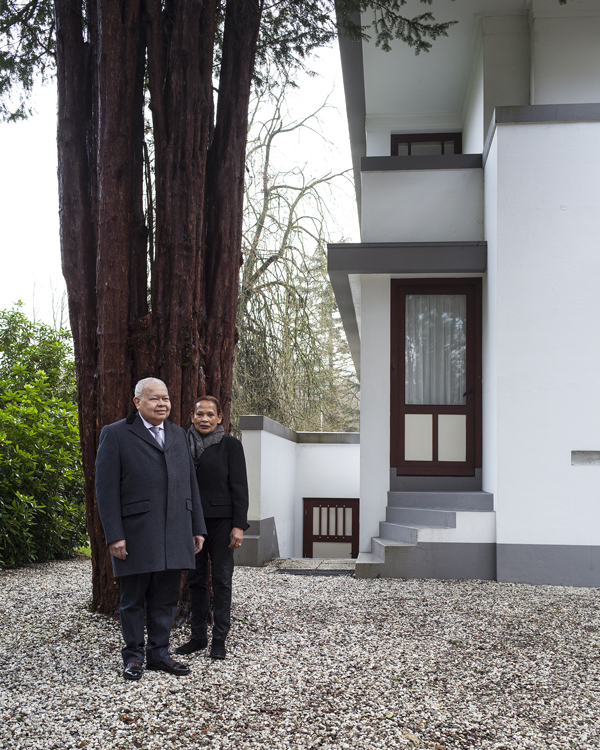 The current owners, the Jap-A-Joe family, bought the house in 1979. The current owners, the Jap-A-Joe family, bought the house in 1979. |
House of Concrete
The development of new architectural styles and building materials brought about radical changes in early 20th-century Dutch architecture. The detached villa by Robert van ’t Hoff in the village of Huis ter Heide in the province of Utrecht is an outstanding example and a landmark of modern architecture. With its geometrical design, its white-plastered concrete, grey plinths and cantilevered flat roof, the house attracted attention already while it was being built in 1915. Van ’t Hoff designed the house, also known as the concrete villa, for the Amsterdam businessman A.B. Henny in 1914. It was the first time that a concrete frame construction was used in a residential building. “It was very revolutionary at the time. There was little experience of working with this technique, which is why the first frame actually collapsed,” says Rob Driessen, an expert and surveyor in the field of applied art and design in the period after 1900.
Frank Lloyd Wright
Van ’t Hoff’s design for Villa Henny – with its overlapping rectangular building volumes and repetitive patterns – was inspired by the Prairie Houses of Frank Lloyd Wright, the famous American architect who also influenced architects like Berlage. Around 1910, the Dutch architecture scene was dazzled by Wright’s modern country houses, with their lightly sloping cantilevered roofs and geometric proportions that accentuated the building’s horizontality through an uninterrupted interplay of lines.
In 1914, Van ’t Hoff travelled through the United States to visit Wright’s work and meet the American architect in person. Wright had a strong influence on the young Dutchman. In Villa Henny, Van ‘t Hoff combined Wright’s style with revolutionary construction techniques. Unlike Wright, who preferred natural locally sourced materials, he used concrete. This distinguishes Villa Henny as an original design that is certainly not a copy.
The concrete house is quite unique and hard to classify in the history of modern architecture. Henny is often associated with De Stijl but the house was already under construction when the group was founded in 1917 by the artist Theo van Doesburg. “It would be easy to mistake it for a design that emanated from De Stijl, because Van ‘t Hoff was a member of this group from 1917 to 1919,” says Driessen. “Van ’t Hoff was initially attracted to De Stijl because of its ideal of achieving a synthesis of the arts: the idea that all art forms should meld into a new all-encompassing aesthetic. But Van ’t Hoff wanted equality in art as well as in society. During the construction of Villa Henny, he was up on the scaffolds with the builders and the contractor. He didn’t want any masters and servants anymore. De Stijl didn’t have such a pronounced political agenda and that is why Van ’t Hoff eventually distanced himself from the movement.”
Villa Henny is cubism rather than modernism. “The basic form is still largely symmetrical and massive,” says Driessen. “The form and layout of the plan reveal a clear affinity with Wright and his so-called prairie style. The house that Rietveld built less than ten years later for Truus Schröder is infinitely more radical: it is more open and free. But Van ’t Hoff’s design undoubtedly made a great impression on Rietveld and the other members of De Stijl. It was an important step in the development of what was later to be called the Nieuwe Bouwen movement.
‘Van ’t Hoff’s design for Villa Henny was inspired by Frank Lloyd Wright’s Prairie Houses’
Evergreen
The current inhabitants, the Jap-A-Joe family, have by now grown used to the visits from students, teachers and researchers from the Netherlands and abroad who want to view the house. When they saw the villa up for sale in 1979, they had no idea who the architect was. “You don’t realize that you’re going to be living in a famous design beforehand,” says Kenneth Jap-A-Joe. “When we were looking for a place in this area, this house immediately caught our attention because of its general feel. The atmosphere is not Dutch, but rather American and tropical. I was sold even before I stepped inside. It’s an evergreen and, what’s more, a wonderful house to live in. It’s spacious yet intimate. My favourite space is the veranda; you feel like you’re outside.”
Inside, the house is practically in its original state, except for a few alterations that the previous owner asked Rietveld to introduce – and which are said to have infuriated Van ’t Hoff. The original fire-guard and the grating in the drinks cabinet beside it – both with the same pattern – have also been preserved. Van ’t Hoff designed them especially for this house in which the fireplace lies at the centre of the floorplan. Jap-A-Joe: “Originally there was a pond in the garden, but the previous owners replaced it with a swimming pool made of white concrete with strong grey lines, so that it is in keeping with the style of the house.”
The name Van ’t Hoff definitely belongs in the list with Hendrik Berlage, Willem Dudok, Gerrit Rietveld and other iconic 20th-century Dutch architects. But Van ’t Hoff has gone down in history as an illustrious and mysterious figure: driven and socially engaged, but also disillusioned. He designed just a few houses, of which Villa Henny is the most important example: it is featured in almost all reference works. There is no photo of the architect himself, which is somehow what one might expect of him. After ending his architectural career prematurely, he sank into obscurity. The young communist was unable to make concessions and was therefore never able to apply his ideals in the real world. He signed the letter that he wrote to Van Doesburg in 1927 on the occasion of the ten-year anniversary of the magazine De Stijl with the title “ex-architect”. In his writings, he explained why he never designed anything after his early work: “The time was not yet ripe for a new society without property.”
‘In his writings, the “ex-architect” explained why he never designed anything after his early work’
Social Equality
The promising and talented Van ’t Hoff moved to the United Kingdom with his family in 1922 where he settled for good in 1937. Here he continued to encourage social equality, though no longer through architecture. Van ’t Hoff had lived in the UK before, when he trained as an architect. During his studies he had already shown an interest in the social significance of architecture and alternative social forms of living. He designed two buildings during this period that were built in the Netherlands between 1911 and 1913: the model farm De Zaaier and Villa Løvdalla in Huis ter Heide for his parents. Shortly after World War II, Van ’t Hoff briefly returned to architecture, mainly because of the idealistic nature of the assignment. He designed a commune in Conventry, an industrial town in the Midlands that had been heavily bombed. It was to be his last design.
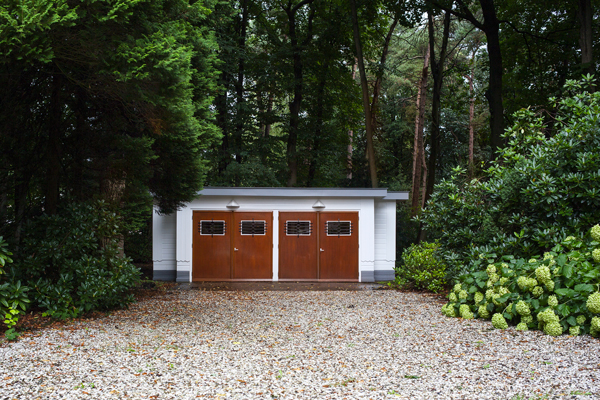 The garage, also designed by Van ’t Hoff. The garage, also designed by Van ’t Hoff. |
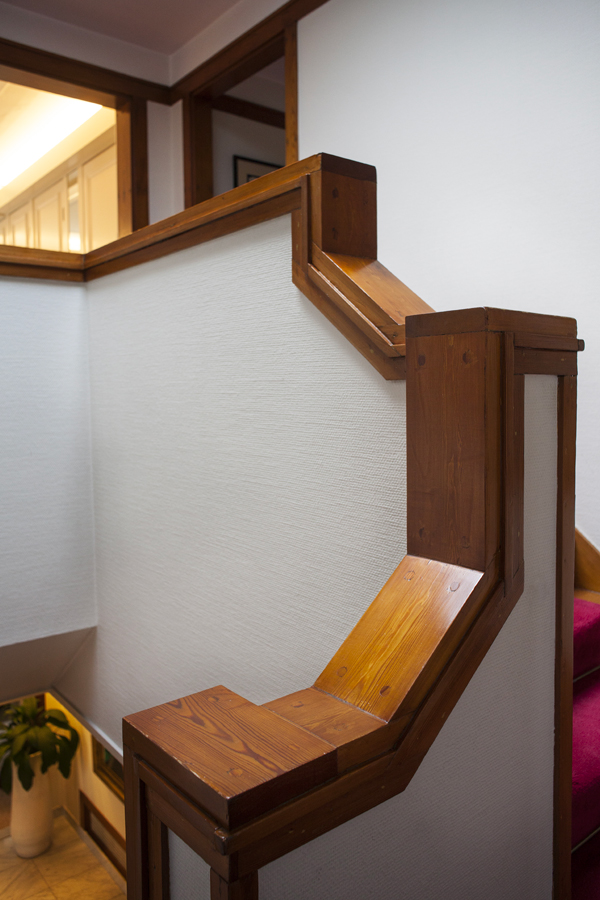 The staircase with its flat railing accentuates the rectangular contours. The staircase with its flat railing accentuates the rectangular contours. |
The house has an almost entirely symmetrical floorplan in which the main axis of the ground floor lies perpendicular to that of the first floor. Just as in Wright’s designs, the fireplace is centrally positioned and the remaining spaces are laid out around the central staircase. With its flat railing that accentuates the rectangular contours, the staircase is also strongly reminiscent of Wright.
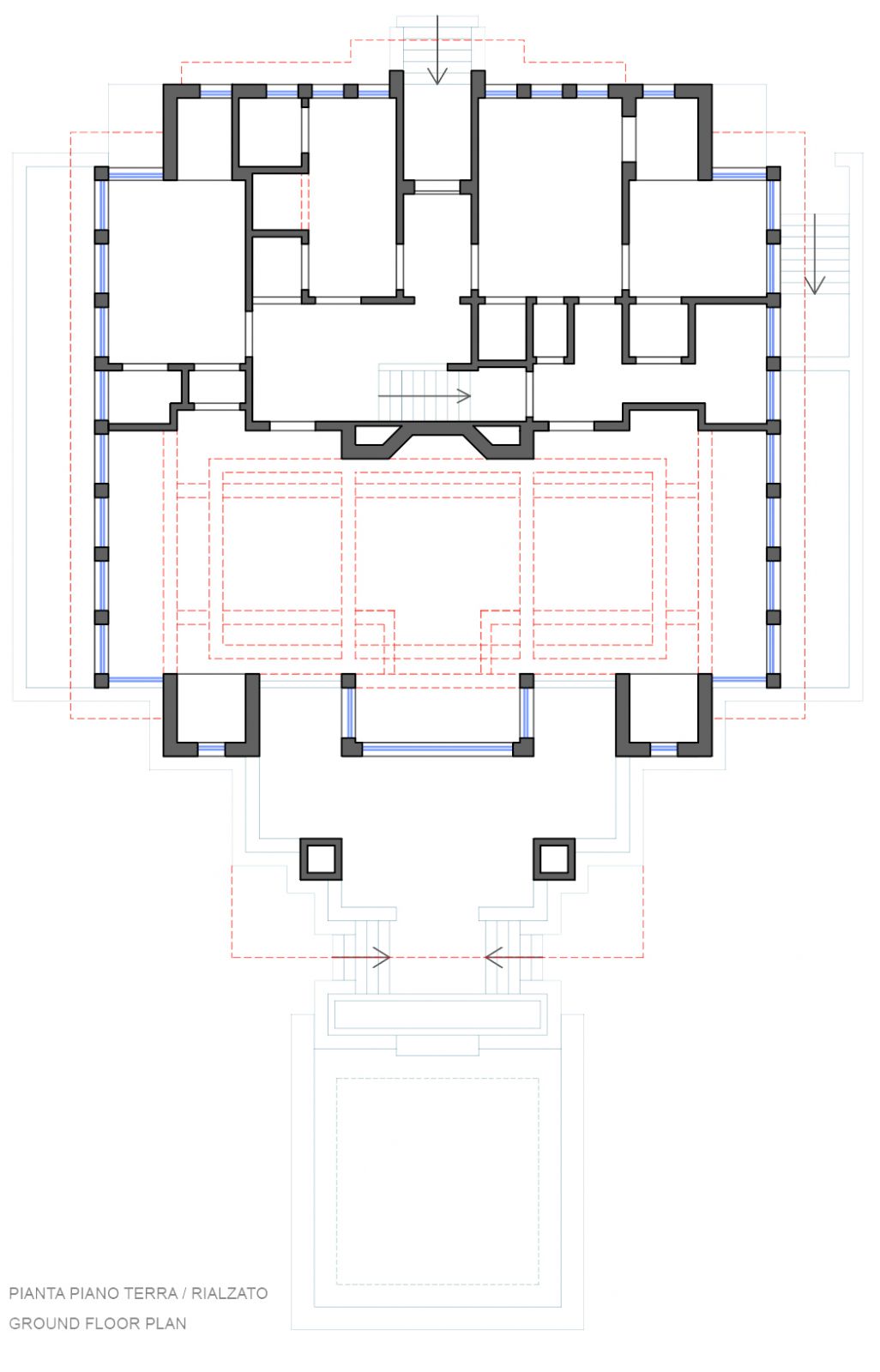
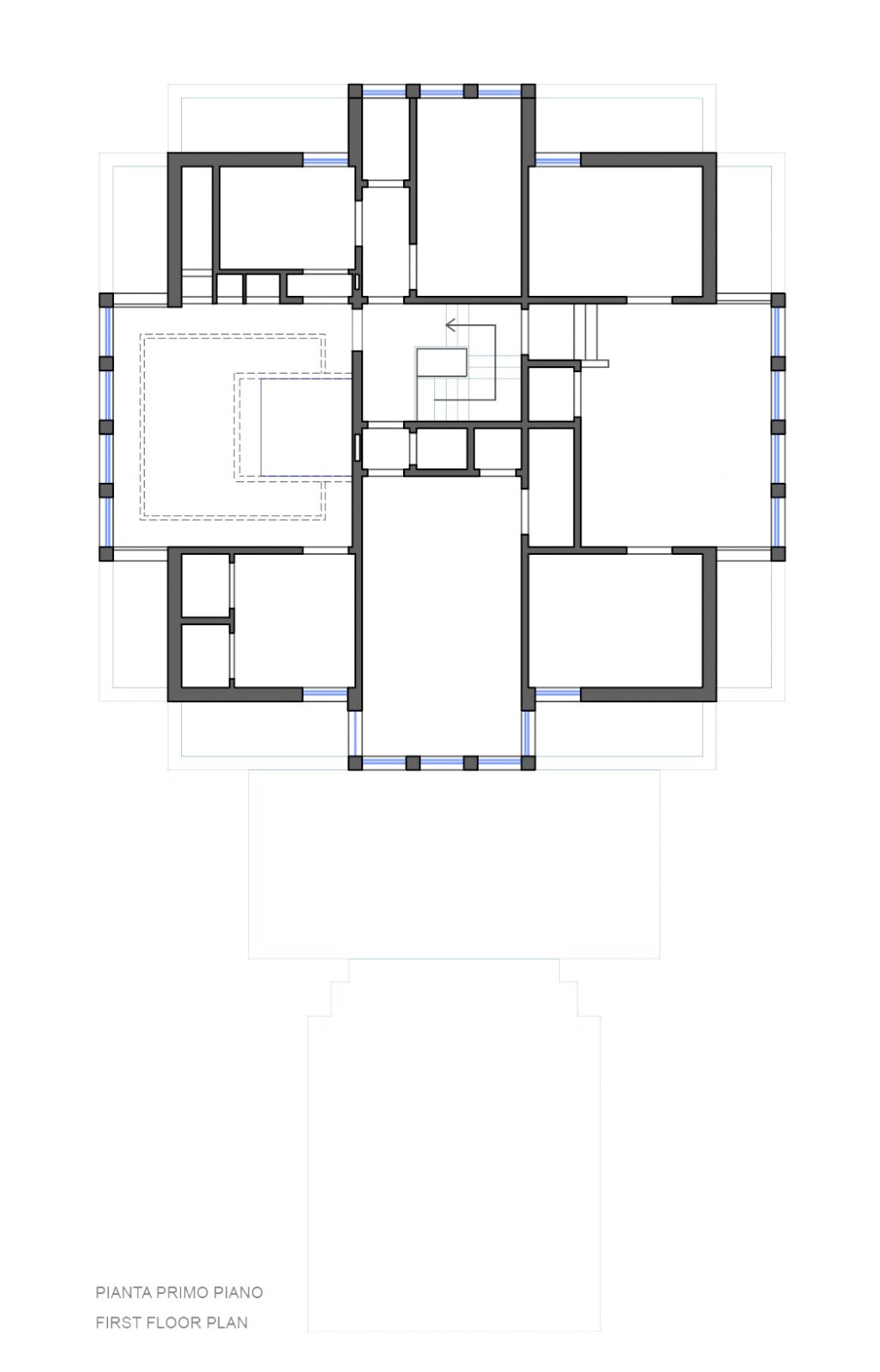
This article by Aya Langeveld was previously published in Vernis Magazine #10 in 2016. We thank Aya and photographer Friso Keuris for allowing us to publish it here again.
Posted February 11, 2020, updated May 16, 2023
